New Paper Shows Invasive Species Removal is a Nature-Based Solution for Climate Resilience
Island Conservation and partners have published a new paper quantifying ecosystem resilience on restored islands!
Restoring islands for nature and people worldwide.
Published on
March 5, 2019
Written by
Island Conservation
Photo credit
Island Conservation
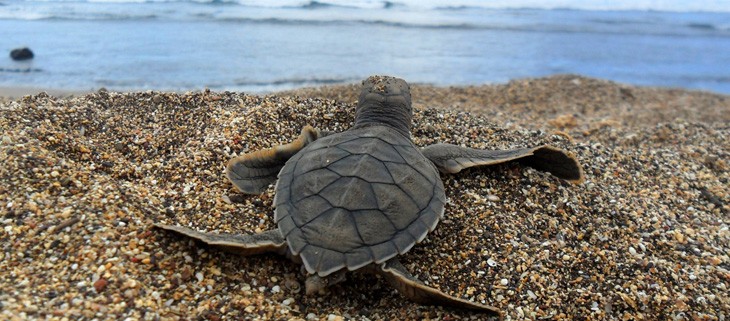
On Ulithi Atoll, Federated States of Micronesia, the local community, the Ulithi Falalop Community Action Program (UFCAP), Island Conservation, and One People One Reef (OPOR) are coming together to remove invasive monitor lizard and rat populations. The Atoll is an important green sea turtle (Chelonia mydas) nesting site, as well as home to nesting boobies, frigate birds, terns, a unique species of blind snake and a rich and diverse coral reef fauna.
In the early twentieth century, monitor lizards were introduced to Ulithi as a food source and as a means of controlling invasive rodent populations. Now, both invasive monitor lizards and rats have decimated native wildlife populations and reduced resource availability for the local community. Landowners have attempted to control and remove these populations in the past, but with little success.

In recent years, OPOR has led a revival of community-directed traditional resource management, informed by modern science, on the Atoll. This work has benefited the health of the reefs and the green sea turtle populations, but the remaining threat of invasive monitor lizards and rats undermines these efforts. A study in 2009 found that on Loosiep Island predation by invasive monitor lizards destroyed 82% of marked nests. Island Conservation is now bringing its expertise in island invasive species removal to address this challenge.
Although removal of invasive mammals from islands is a well-established practice and has been successful on more than 1200 islands around the world, the removal of invasive monitor lizards will be a first. UFCAP, Island Conservation, and OPOR are working closely with the community to ensure the success of the project and the continued implementation of biosecurity practices on the islands.
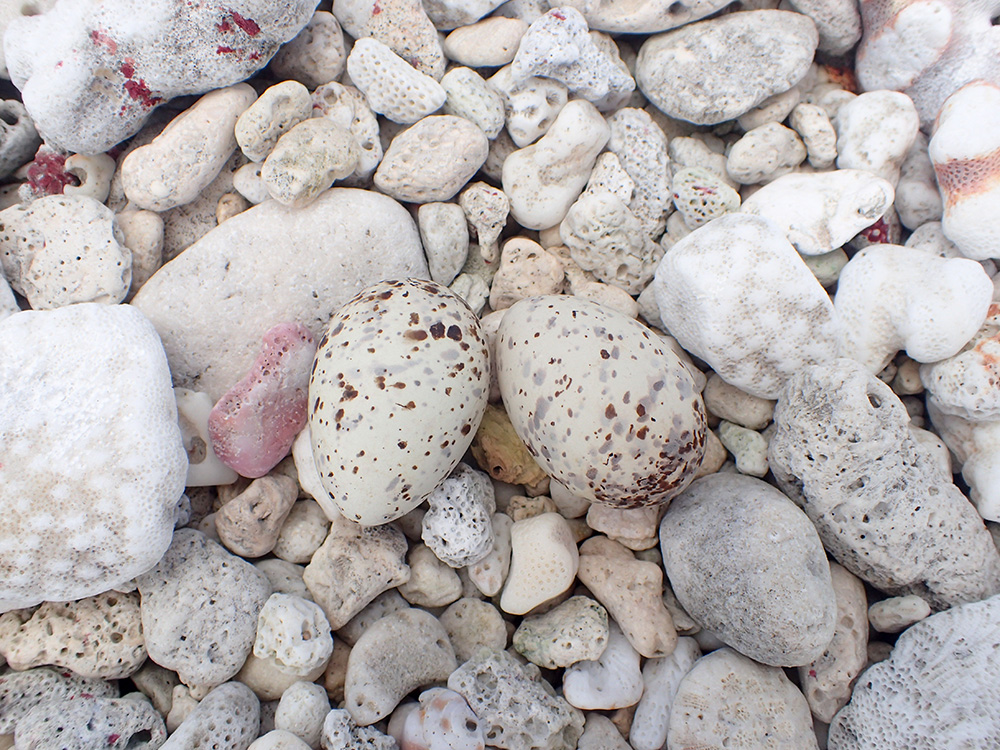
We expect that the long-term benefits of this work will include not only healthier turtle and bird rookeries, but a healthier reef environment also. Island Conservation will monitor the impact of the work on the terrestrial ecosystem including nesting birds, coconut crabs, and native reptiles. A local team led by
This project is supported by the U.S. Department of the Interior, Office of Insular Affairs, and the Darwin Initiative.
Featured photo: A Green Sea Turtle hatchling heading out to sea. Credit: Banco de Imagem – Projeto Tamar/Oregon State University
Check out other journal entries we think you might be interested in.
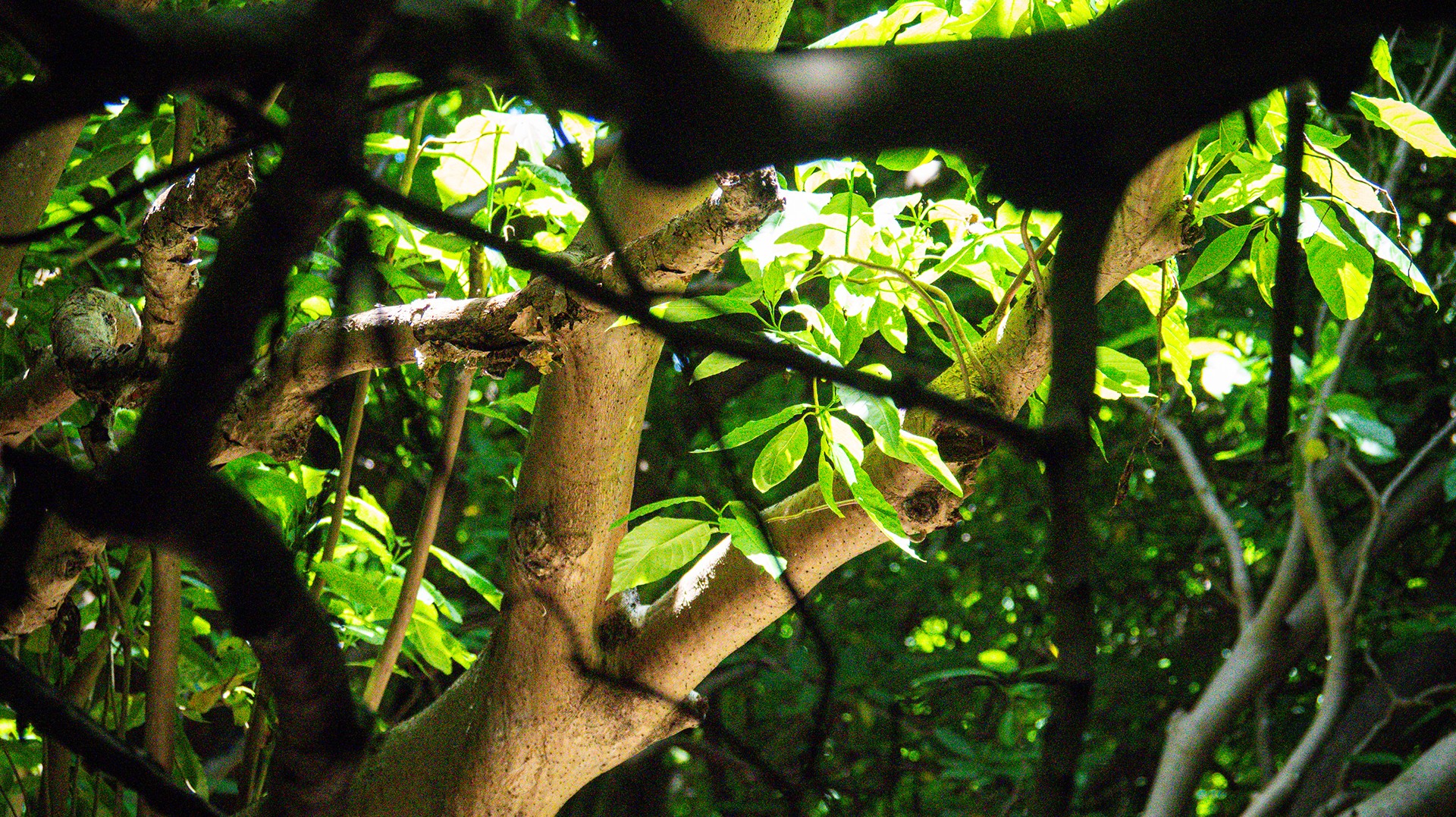
Island Conservation and partners have published a new paper quantifying ecosystem resilience on restored islands!
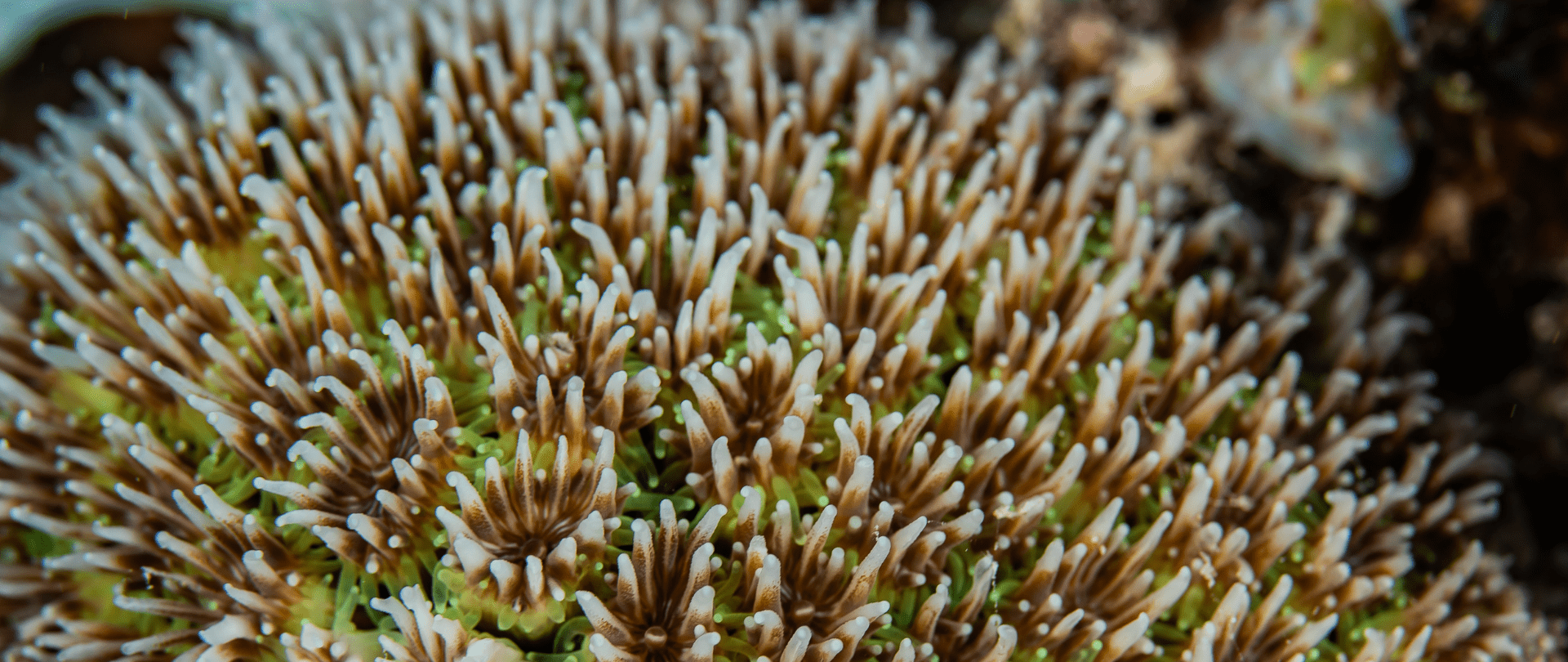
Climate Week NYC: what is it and why is it important? Read on to find out why Island Conservation is attending this amazing event!
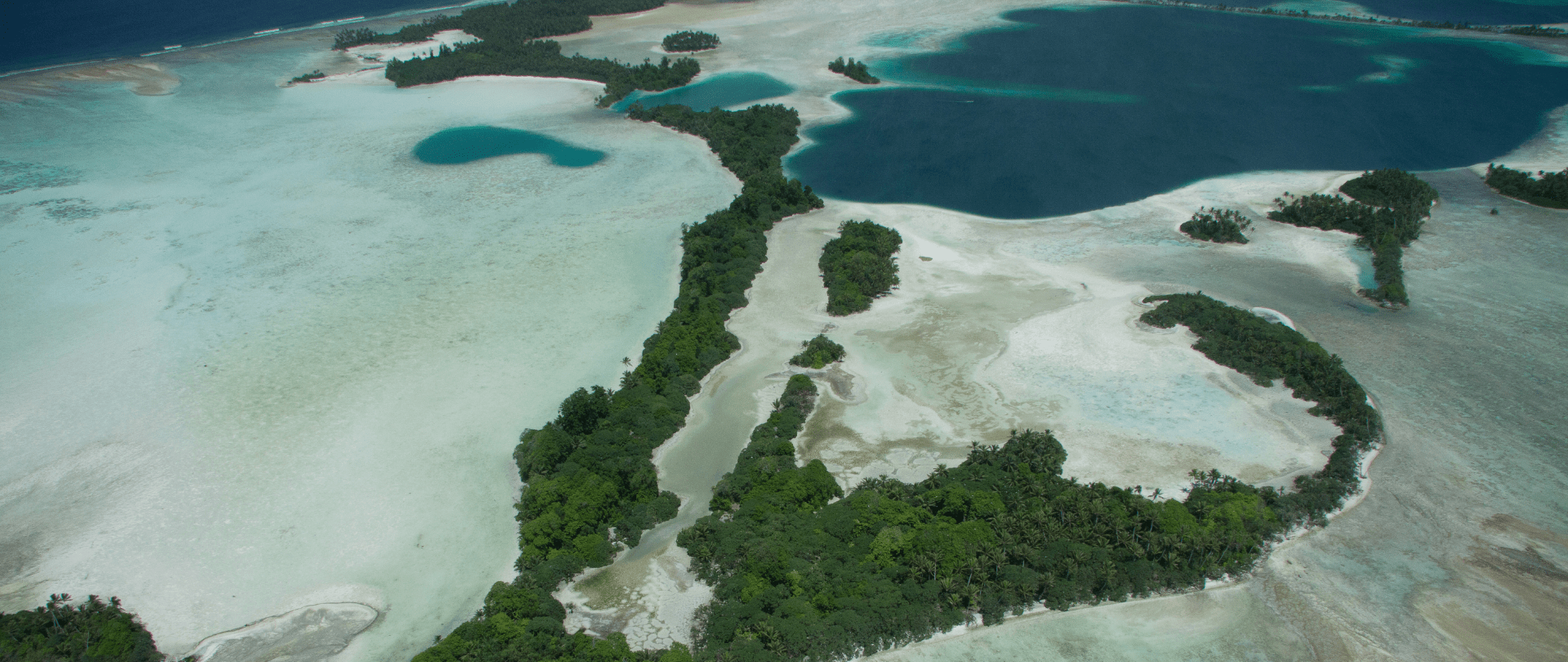
With sea levels on the rise, how are the coastlines of islands transforming? Read on to find out how dynamic islands really are!
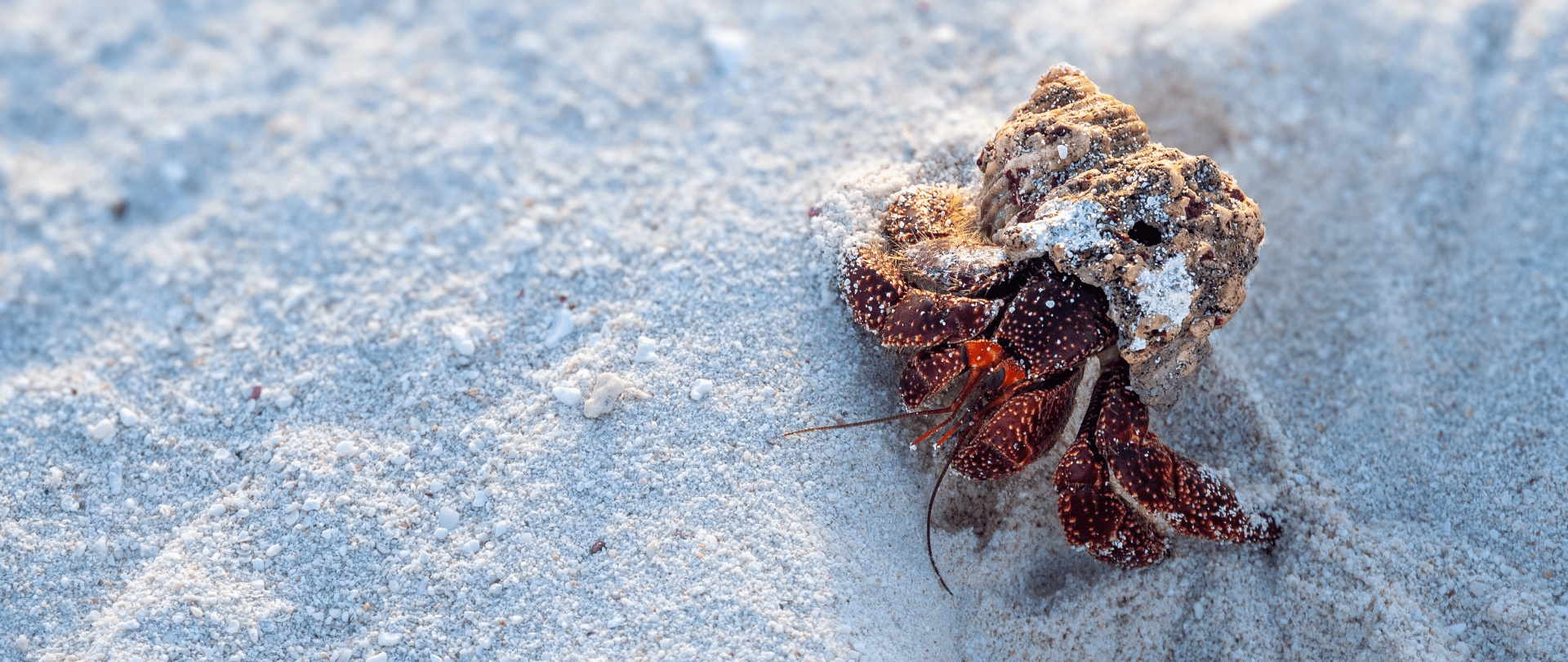
Three Island-Ocean Connection Challenge projects in the Republic of the Marshall Islands bring hope for low-lying coral atolls!
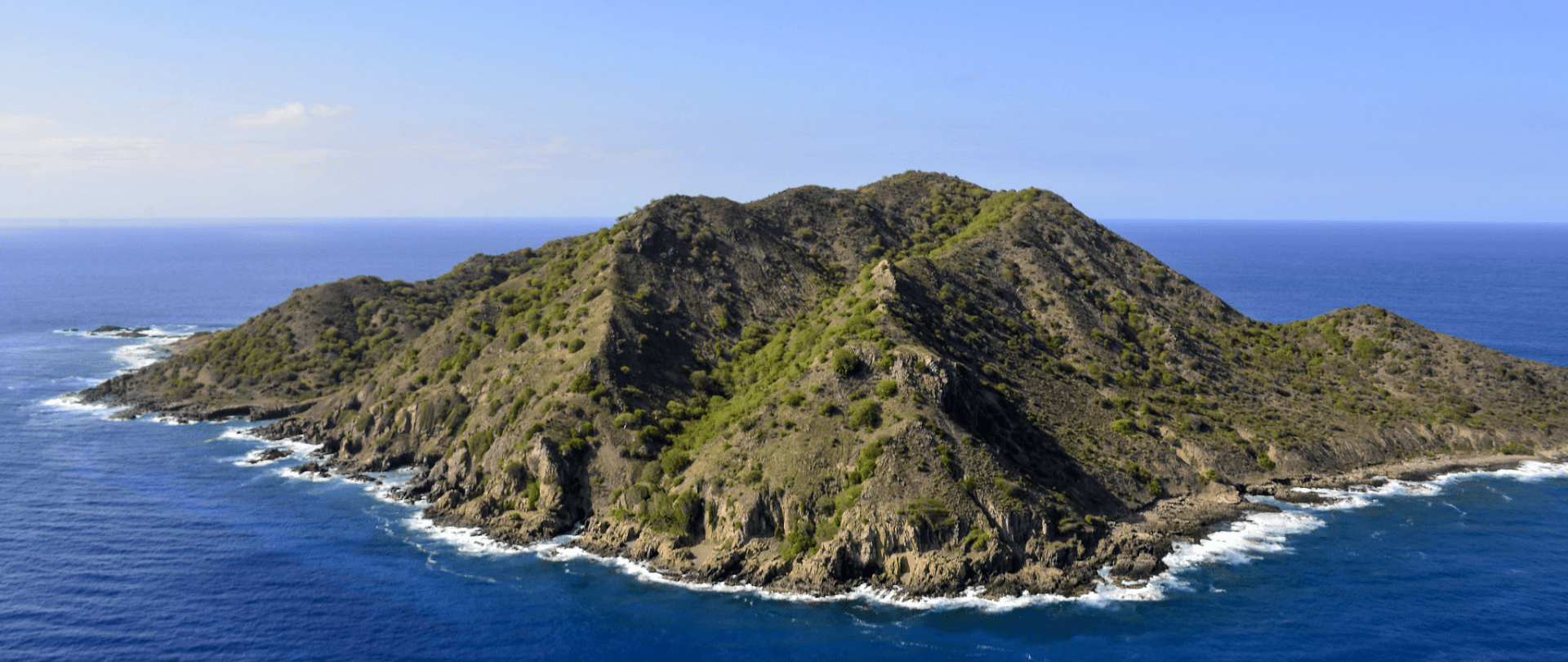
A new article in Caribbean Ornithology heralds the success of one of our most exciting restoration projects: Desecheo Island, Puerto Rico!

Part 2 of filmmaker Cece King's reflection on her time on Juan Fernandez Island in Chile, learning about conservation and community!
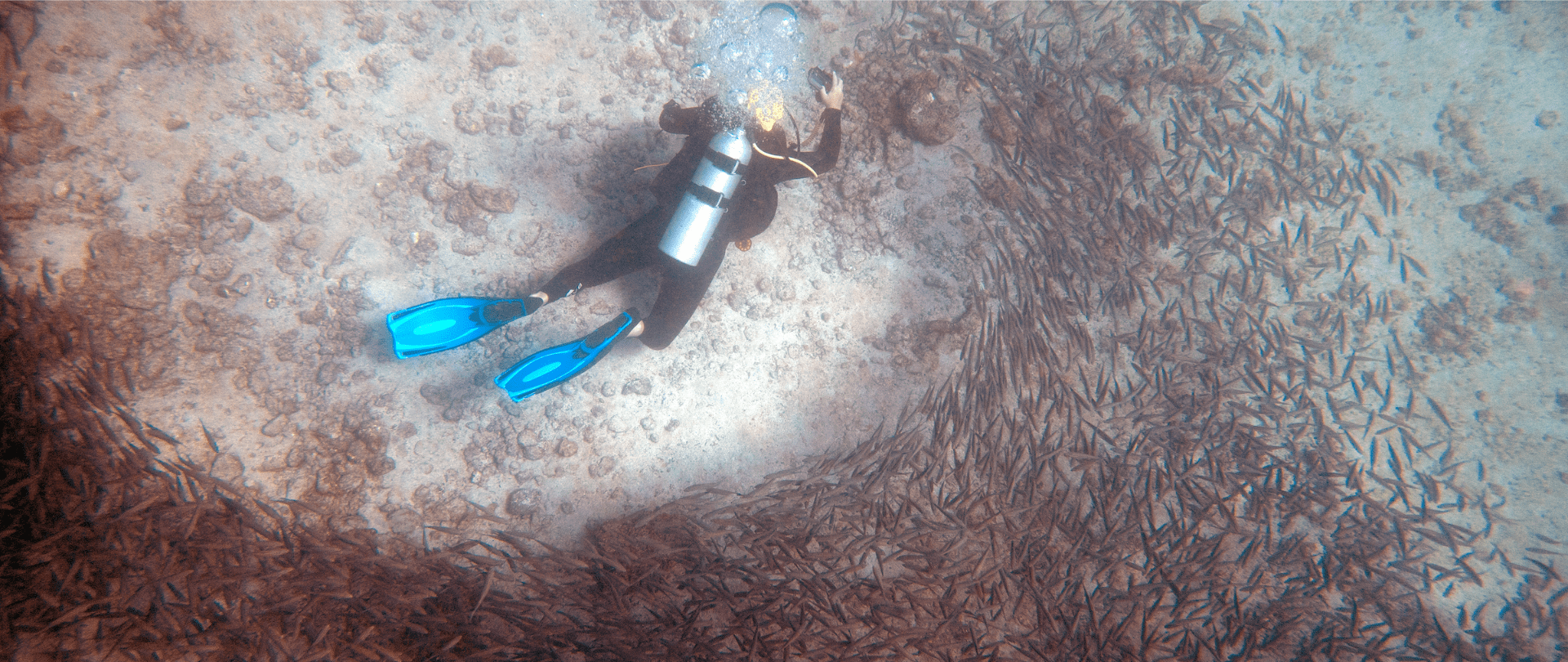
Read about Nathaniel Hanna Holloway's experience doing marine monitoring in the Galápagos!
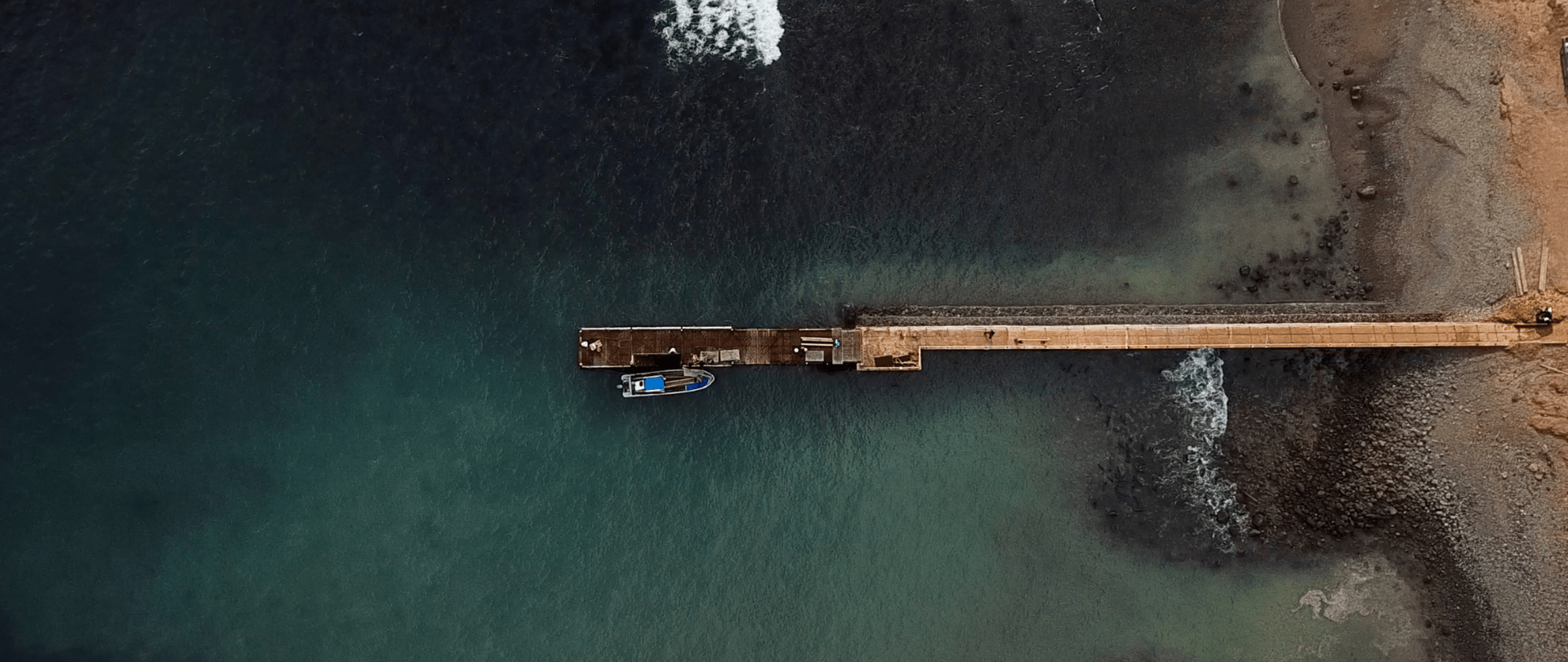
Part 1 of filmmaker Cece King's reflection on her time on Juan Fernandez Island in Chile, learning about conservation and community!
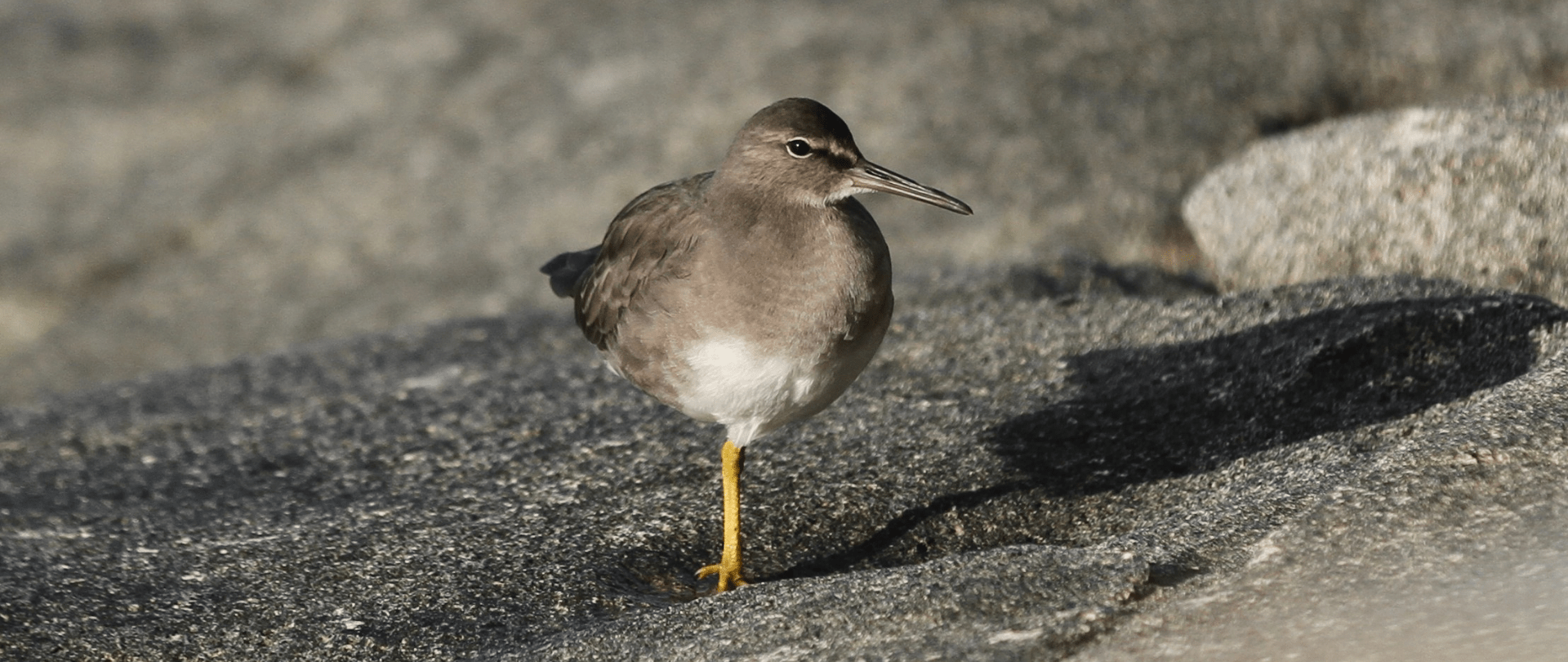
Read the account of citizen scientist Jim Torgerson's journey to Kamaka to help save Polynesian Storm-petrels!
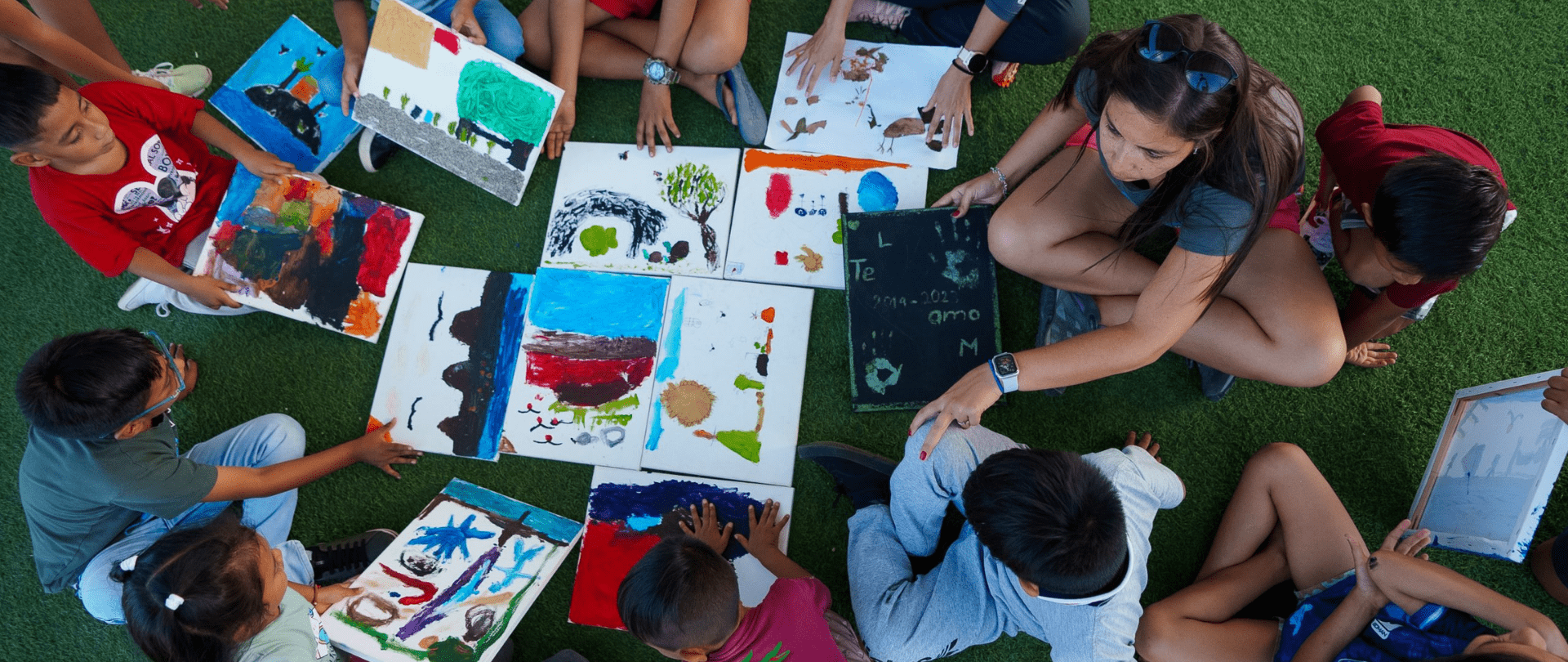
Join us in celebrating the most amazing sights from around the world by checking out these fantastic conservation photos!